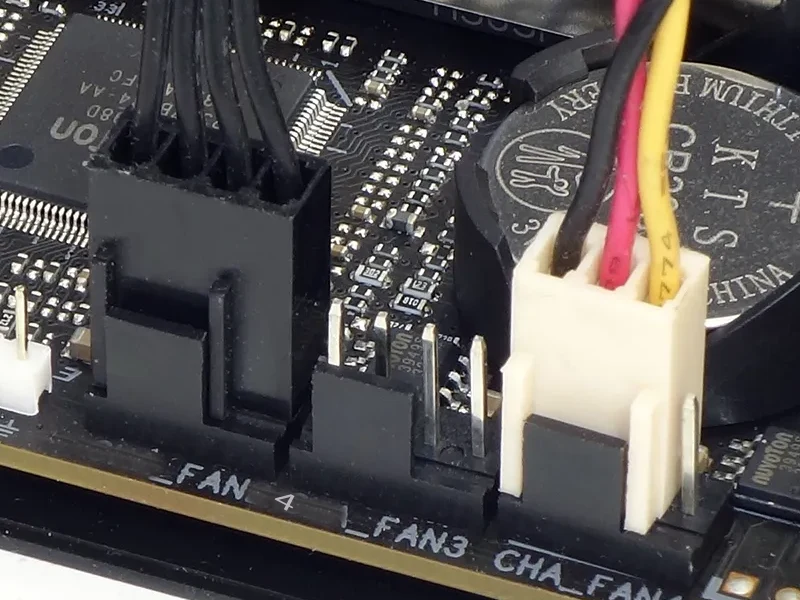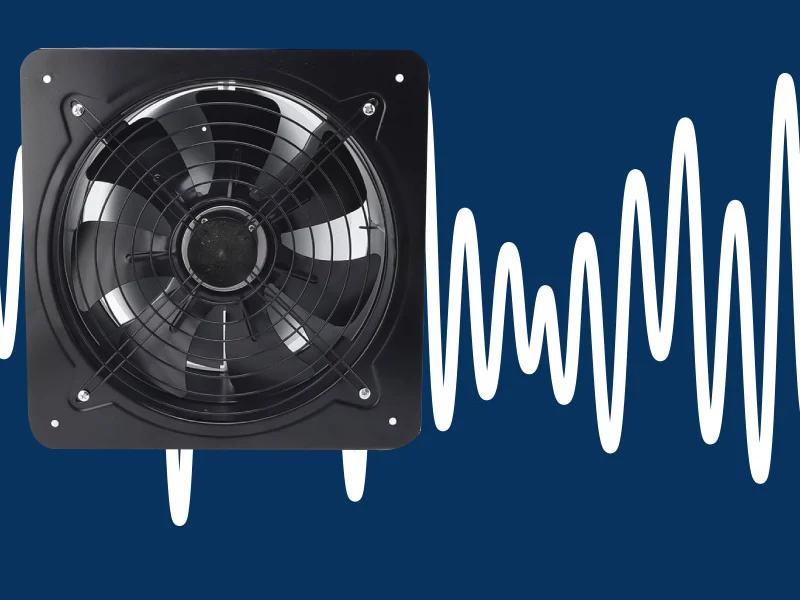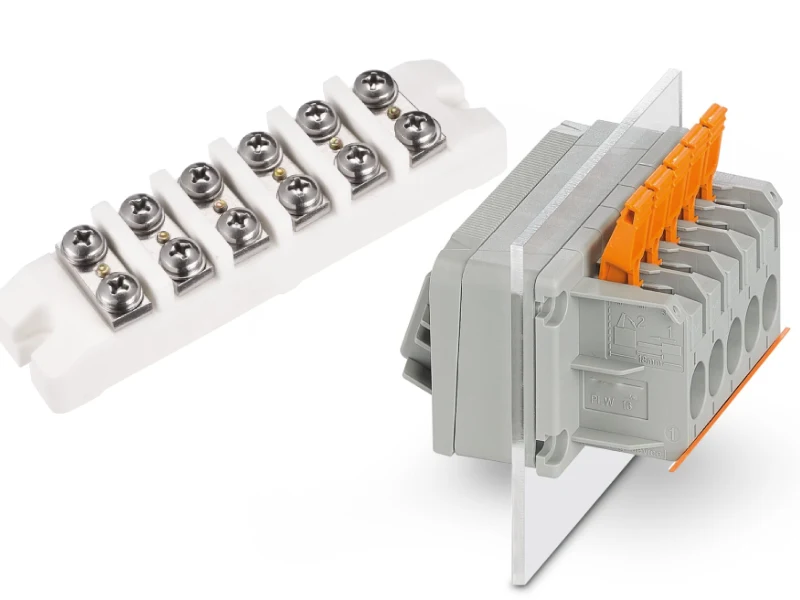In the field electrical installations, ensuring safe and organized connections is paramount. Two fundamental components frequently encountered are junction boxes and terminal boxes. While both serve as protective enclosures for electrical wiring, their primary functions and internal configurations differ significantly, catering to distinct needs within an electrical system. Understanding these key distinctions is essential for anyone involved in electrical work, from initial design to ongoing maintenance.
This blog post aims to clarify the differences between junction boxes and terminal boxes by exploring their core purposes, internal structures, typical applications, and other crucial aspects. By highlighting these distinctions, we intend to provide a clear understanding of when to use each type of enclosure, ultimately contributing to safer and more efficient electrical installations.
What Is a Junction Box
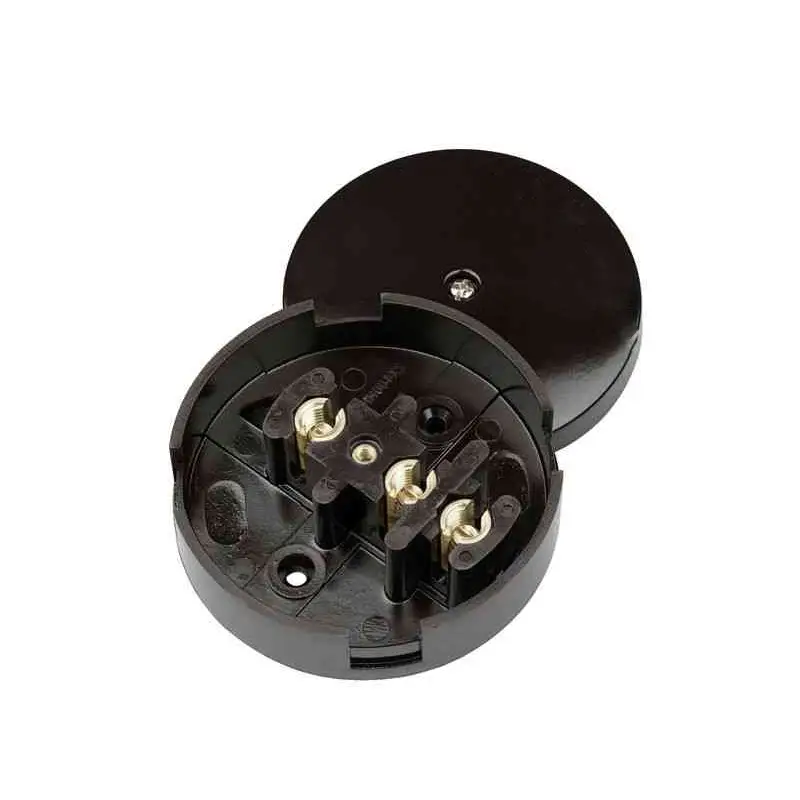
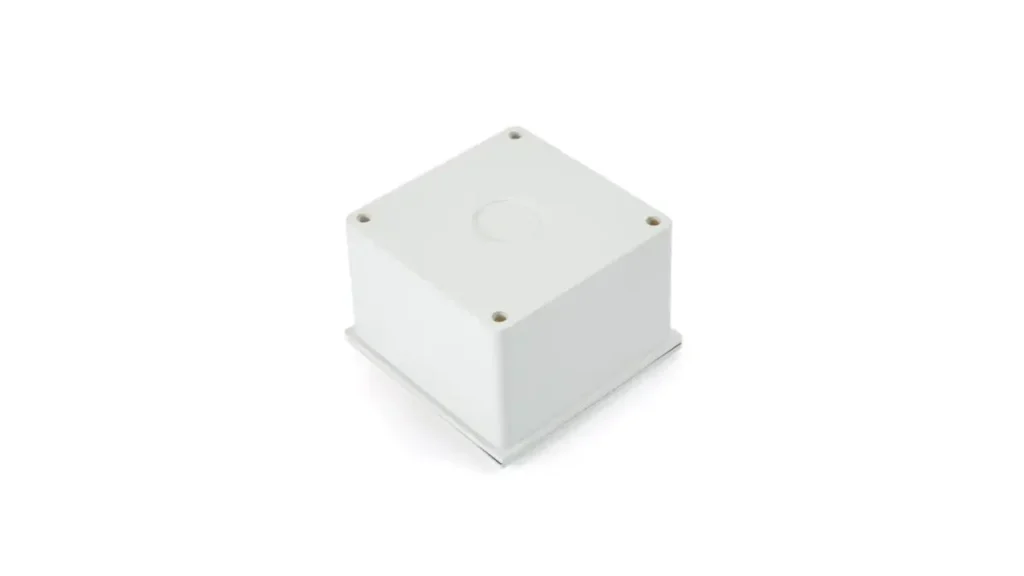
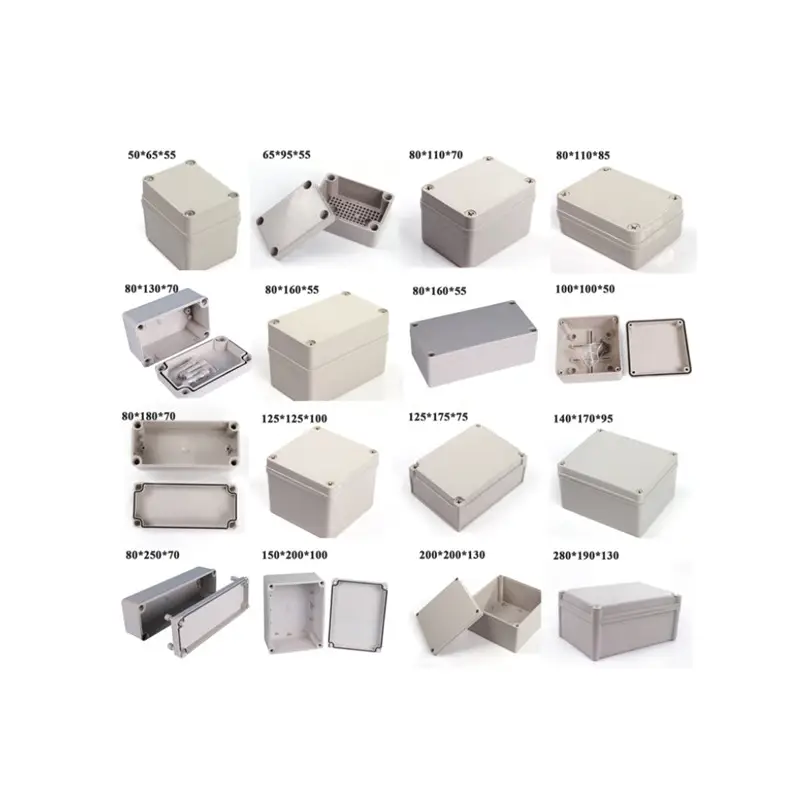
A junction box is an enclosure designed to protect electrical connections from environmental hazards and accidental contact. It serves as a central point where multiple wires are joined or terminated, ensuring electrical continuity and safety within a system. Typically made of metal or plastic, junction boxes provide a secure housing for wire splices, preventing exposure to moisture, dust, and physical damage, which could lead to electrical faults or fires.
Beyond protection, junction boxes also play a crucial role in organizing wiring and facilitating future modifications or troubleshooting. By containing all connections in one accessible location, they simplify the process of locating and addressing any electrical issues. Electrical codes often mandate the use of junction boxes for certain types of connections to ensure safety and compliance, making them an indispensable component of both residential and commercial electrical installations.
What Is a Terminal Box
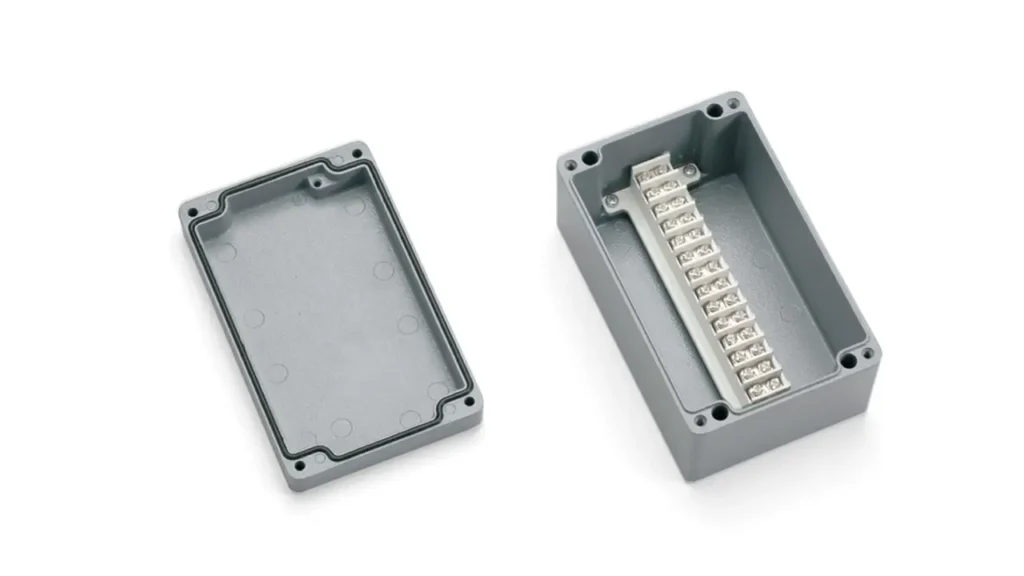
A terminal box is an enclosure designed to provide organized and secure termination points for electrical wires. Unlike junction boxes that primarily focus on splicing and connecting wires, terminal boxes utilize terminal blocks to create orderly connection points for incoming and outgoing wires. These terminal blocks offer a structured way to connect individual conductors, making wiring and circuit identification easier, especially in more complex electrical systems.
The primary purpose of a terminal box is to offer a convenient and accessible location for connecting wires to various electrical devices, control panels, or other equipment. By using terminal blocks, it simplifies the process of wiring and allows for easier testing and maintenance of circuits. Terminal boxes are commonly found in industrial control systems, automation equipment, and other applications where a structured and easily manageable wiring layout is essential for efficient operation and troubleshooting.
Junction Box vs Terminal Box
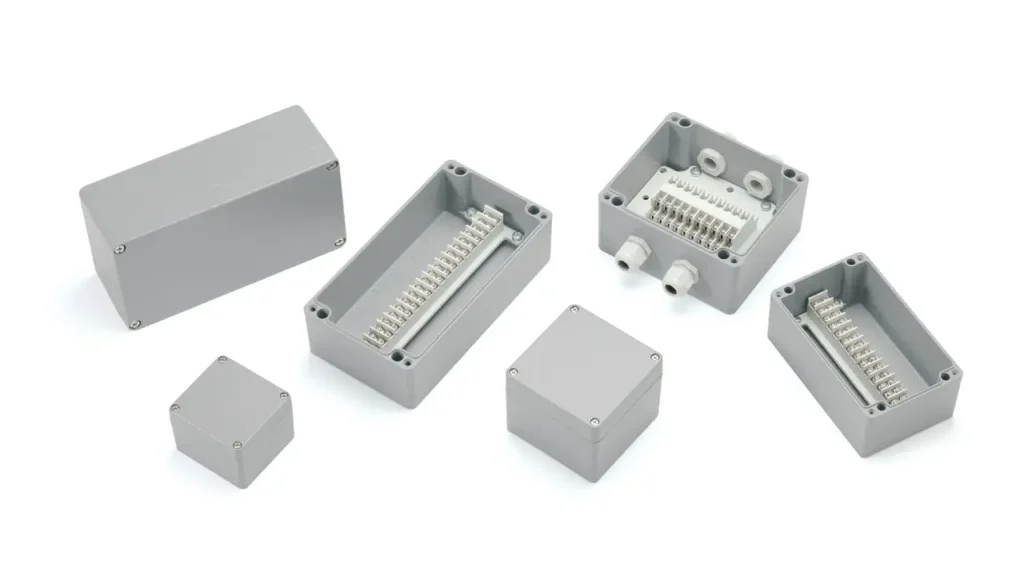
Electrical systems rely on organized and protected connections to function safely and efficiently. Two key components that facilitate these connections are junction boxes and terminal boxes. While both serve as enclosures for electrical wiring, their primary purposes and internal configurations differ significantly.
Understanding these distinctions is crucial for selecting the appropriate component for specific wiring needs, ensuring both safety and ease of maintenance. Let’s explore the fundamental differences between junction boxes and terminal boxes across several key aspects.
Primary Function
A junction box’s main purpose is to provide a secure enclosure for wire splices and connections. It acts as a central point where multiple wires are joined together to extend circuits or create branches. The focus is on ensuring electrical continuity and protecting these connections from environmental factors and accidental contact.
In contrast, a terminal box is designed to offer organized termination points for electrical wires. It utilizes terminal blocks to create orderly connection points for incoming and outgoing conductors, facilitating the connection of wires to equipment, control panels, or other devices. The emphasis is on providing accessible and structured wiring interfaces.
Internal Configuration
Internally, a junction box typically contains wire connectors such as wire nuts, crimp connectors, or splicing blocks that directly join the wires together. The internal space is primarily used to house and protect these splices.
A terminal box, however, is characterized by the presence of terminal blocks. These blocks provide individual connection points, often screw terminals or spring clamps, where wires are securely fastened. This configuration allows for easy connection and disconnection of wires to various devices.
Accessibility for Maintenance
Maintenance within a junction box generally involves inspecting the integrity of the wire splices and ensuring the connections remain secure. Access is usually for checking the connections themselves.
Terminal boxes are specifically designed for easy access to individual wire terminations. This facilitates convenient testing, troubleshooting, and replacement of components connected to the terminals, making maintenance and modifications simpler.
Application Scenarios
Junction boxes are commonly used in residential and commercial wiring for extending circuits, connecting light fixtures, or creating outlet branches. They are essential for general wiring needs where wire splicing is required.
Terminal boxes are frequently found in industrial control systems, automation equipment, and machinery wiring. They are ideal for applications requiring organized connections to multiple devices and easy access for control and signal wiring.
Complexity of Wiring
Wiring within a junction box can sometimes become complex, especially with numerous splices and wires contained within a single enclosure, potentially leading to difficulty in tracing specific circuits.
Terminal boxes promote a more organized and less complex wiring layout, particularly in systems with many connections. The structured terminal blocks make it easier to identify and trace individual wires and circuits.
Here’s a comparison table summarizing the key differences between Junction Boxes and Terminal Boxes:
| Feature | Junction Box | Terminal Box |
| Primary Function | Enclosing and protecting wire splices. | Providing organized termination points for wires. |
| Internal Configuration | Wire connectors (wire nuts, crimps, splicing blocks). | Terminal blocks (screw clamps, spring clamps). |
| Maintenance Access | Primarily for checking splice integrity. | Easy access to individual wire terminations. |
| Typical Applications | Residential wiring, extending circuits, lighting. | Industrial control, automation, machinery wiring. |
| Wiring Complexity | Can become complex with numerous splices. | Promotes organized and less complex wiring layouts. |
How to Choose Junction Box and Terminal Box
Choosing the right junction box and terminal box is crucial for a safe and efficient electrical system. The selection depends on the specific requirements of your project, considering factors like the number of connections, the environment, and the need for future maintenance.
By carefully evaluating these aspects, you can ensure the chosen enclosures meet the demands of your electrical installation.
Define the Purpose
First, clearly define the primary function needed. If the main task is to splice and protect wire connections, extending circuits or creating branches, a junction box is likely the appropriate choice. Consider the number of wires that need to be joined and the required level of protection against environmental factors.
Conversely, if the need is for organized termination points to connect wires to equipment, control panels, or other devices, a terminal box with terminal blocks will be more suitable. Think about the number of individual connections required and the necessity for easy access for testing and maintenance.
Assess the Environmental Conditions
Evaluate the environment where the box will be installed. For indoor, dry locations, standard plastic or metal junction boxes and terminal boxes may suffice. However, for outdoor or damp environments, it’s crucial to select enclosures with appropriate Ingress Protection (IP) or NEMA ratings to ensure resistance against dust and moisture. Consider factors like temperature extremes and potential exposure to corrosive substances when choosing the material of the box.
Determine the Size and Capacity
Accurately estimate the number of wires and connections that will be housed within the enclosure. For junction boxes, ensure there is ample space for all wire splices and connectors without overcrowding, adhering to box fill capacity regulations. For terminal boxes, determine the number of terminal blocks needed to accommodate all incoming and outgoing wires, considering potential future expansion.
Consider Accessibility and Maintenance
Think about the long-term maintenance requirements of the electrical system. If routine access for inspection and tightening of connections is anticipated or required, a terminal box with its organized and accessible terminal blocks will be advantageous. For applications where minimal maintenance is desired or access is difficult, consider maintenance-free junction box options or robustly installed standard junction boxes.
Evaluate Wiring Complexity and Organization
Assess the complexity of the wiring system. For simple circuits with a few splices, a basic junction box might be adequate. However, for more intricate systems with numerous connections to various devices, a terminal box offers a structured and organized wiring layout, making troubleshooting and modifications significantly easier. The use of labeled terminal blocks can further enhance organization and simplify circuit identification.
Conclusion
In summary, while both junction boxes and terminal boxes serve as crucial connection points in electrical systems, their primary functions and design philosophies differ. Junction boxes focus on enclosing and protecting wire splices, ensuring electrical continuity and safety at branching points. Terminal boxes, on the other hand, provide organized termination points for connecting wires to equipment or control systems, facilitating easier wiring and maintenance through accessible terminals.
The choice between a junction box and a terminal box depends entirely on the specific requirements of the electrical installation. For simple wire splices and protecting connections, a junction box is typically sufficient. However, for systems requiring organized connections to devices, easy access for testing, and a structured wiring layout, a terminal box offers a more suitable and efficient solution. Understanding these distinctions is key to designing safe and functional electrical systems.
For projects demanding tailored solutions, Linkwell Electronics offers customized junction boxes to meet your exact specifications. Whether you require specific sizes, terminal configurations, or material options, our expertise ensures you receive high-quality, reliable junction boxes designed for your unique needs. Contact us today to discuss your project requirements and discover our customized junction box solutions.

